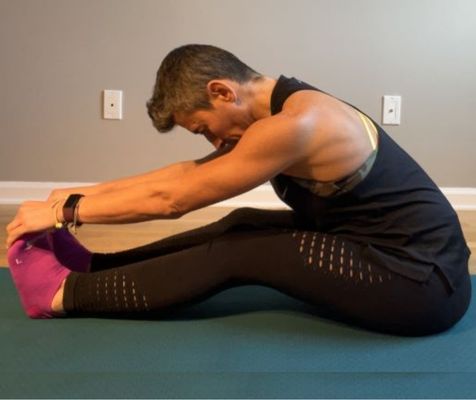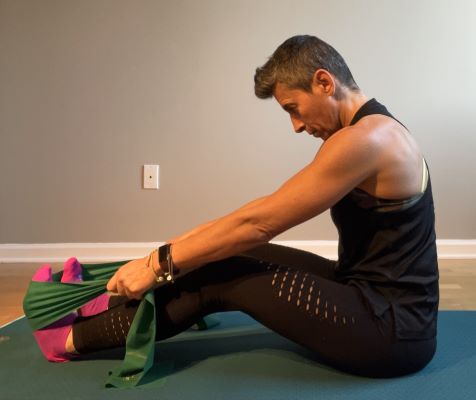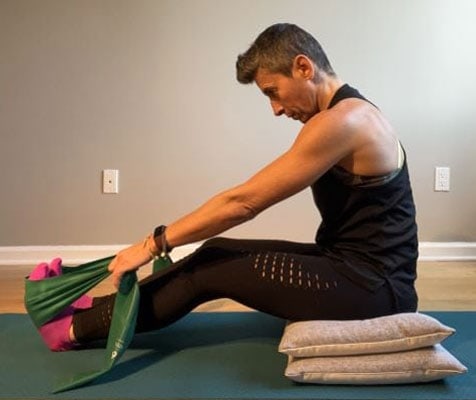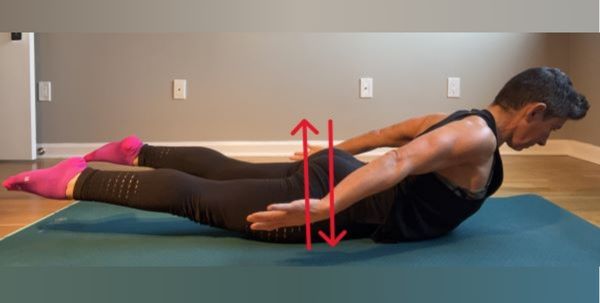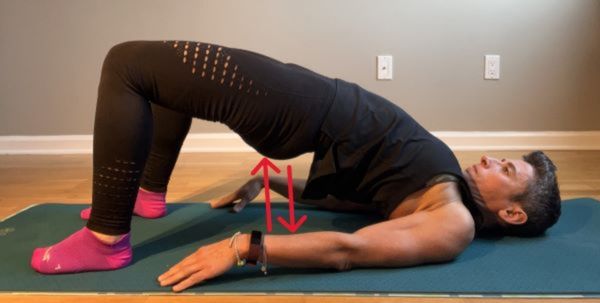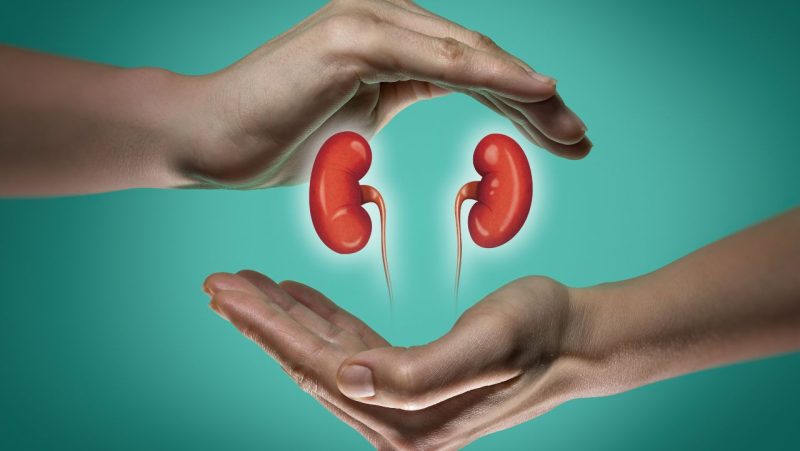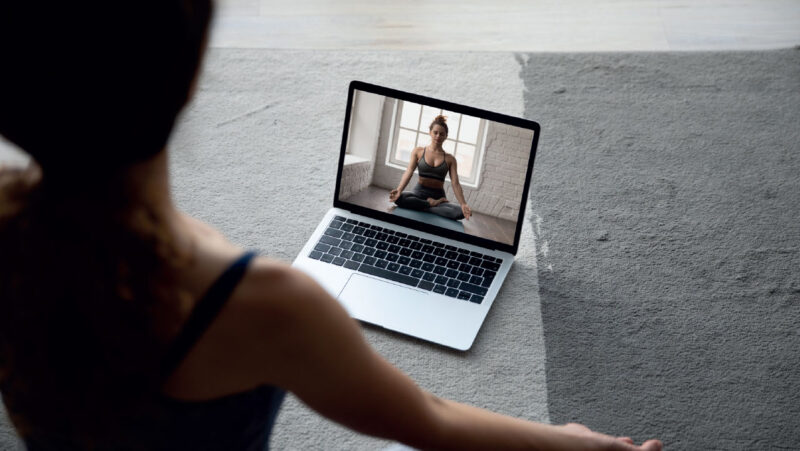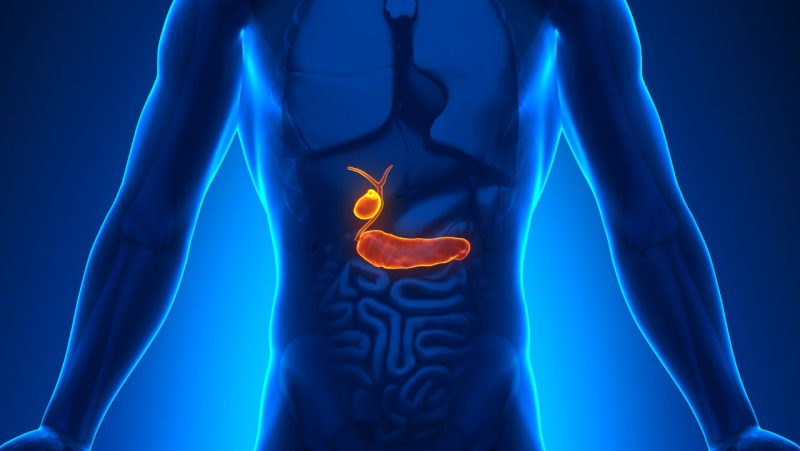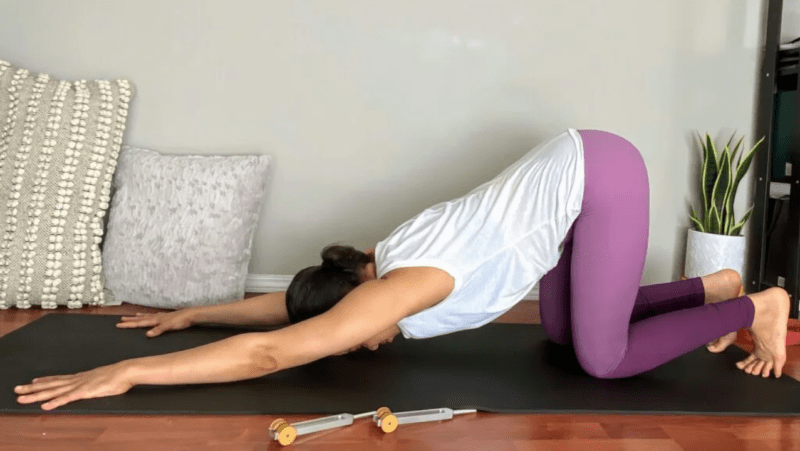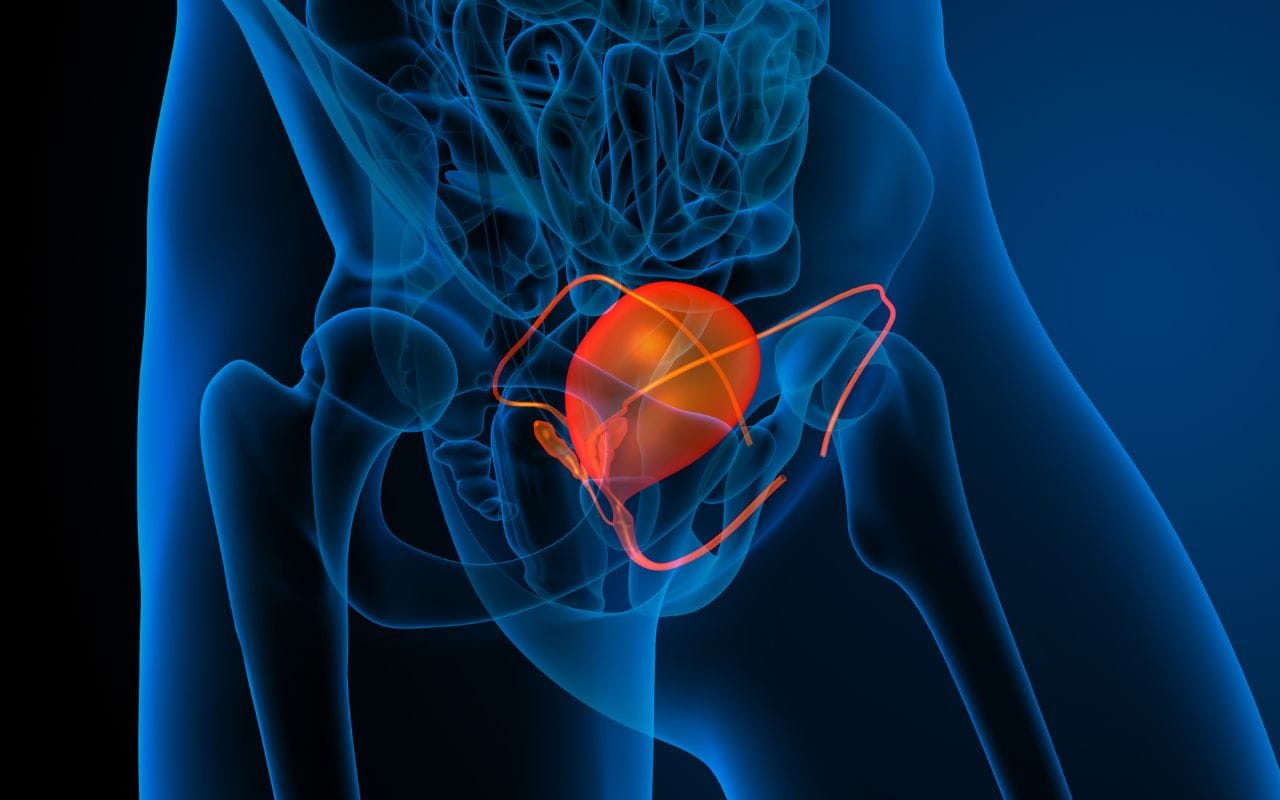
Balance your bladder meridian through yoga
Restoring balance to your bladder meridian. By Micaela Maddedu
The bladder meridian is the yang to complement the kidney's yin and as such it presents the same characteristics as the kidney’s meridian (see Treating the kidney meridian through yoga practice if you want to know more). Like its yin counterpart, it is in charge of willpower and determination of the person. Specifically, it is responsible for protecting the individual from negative ‘energies’, like our own personal shield it runs along the back of the body from head to little toes. Signs, that such a shield is not doing its job as it should, can manifest as a depleted immune system, recurrent and hard to heal from illnesses. It can be tested by viewing the flexibility of the lower back and hamstrings; if the meridian is depleted, it will show excellent flexibility but no strength. If, on the other hand, it is full or in excess, it will show poor flexibility.
So, how can we restore balance?
If you think your meridian is full then a passive practice to disperse some of the excess energy is what you need. We suggest two main poses that you will be holding for 10 to 20 breaths using your exhale to relax deeper into them without forcing or fighting your way there.
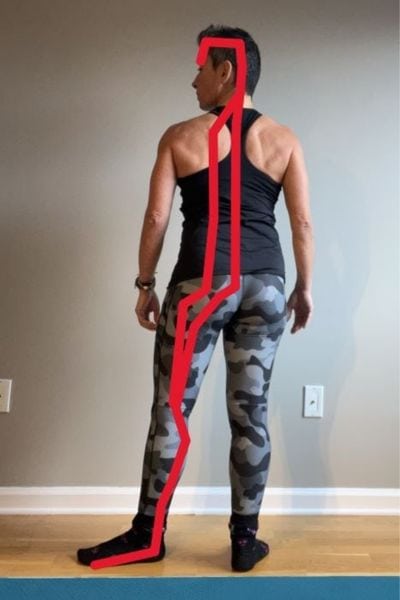
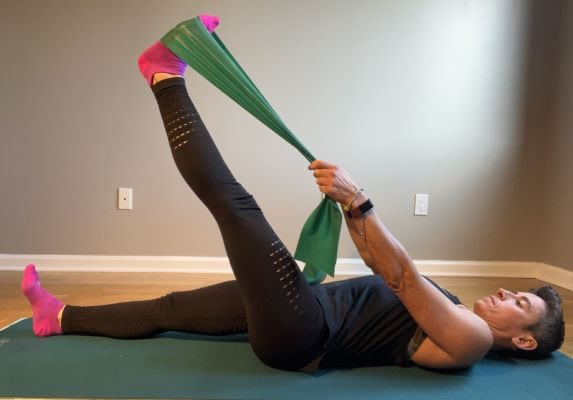
Supta Padangusthasana (reclining hand to toe pose)
We recommend the use of a strap to be able to reach the foot keeping a straight leg, as shown in the picture. When you are done stop and ‘listen’. What do you feel?
Paschimottanasana (seated forward bend)
Again, use the strap and start with knees slightly bent, if that is still very uncomfortable raise the hips using pillows, bolster, or blocks, as shown in the picture. When you are done stop and ‘listen’. What do you feel?
If you have found your meridian is depleted, then an active and energising practice is what you are looking for. We suggest two main poses:
- Salabhasana (locust pose). Come up and hold for two breaths, then exhale down. Repeat three to five times. There should not be any pain in the neck or back. When you are done stop and ‘listen’. What do you feel?
- Setu Bandha Sarvangasana (bridge pose). Come up and stay there for two breaths, then exhale down. Repeat three to five times. There should not be any pain in the neck, back or knees. When you are done stop and ‘listen’. What do you feel?
Have a great practice. Namaste.

